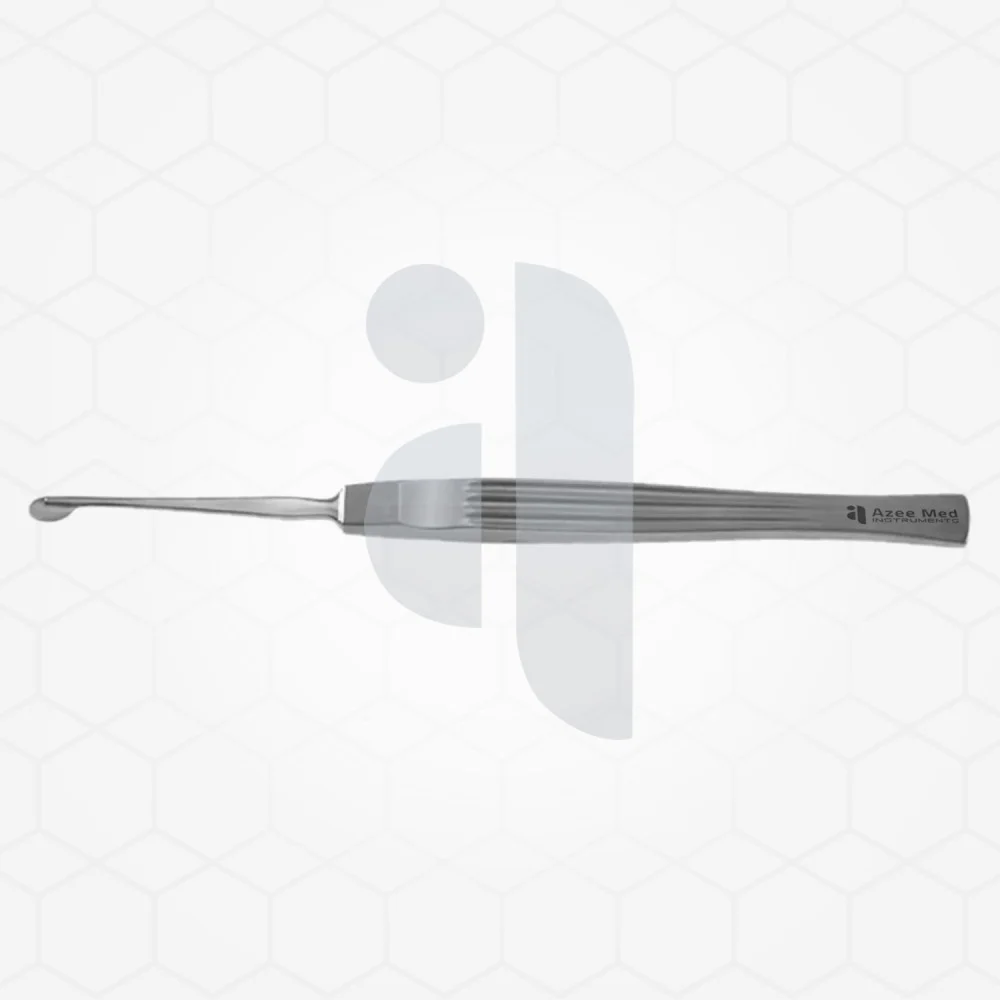The world of surgical instruments is vast, with each tool designed for a specific purpose that ensures precision and patient care. Among these essential tools is the Cottle Knife. Known for its role in delicate surgical procedures, this instrument holds a special place in the hands of skilled surgeons. But what exactly is a Cottle Knife and why is it so significant in medical practice?
What Is a Cottle Knife?
The Cottle Knife is a specialized surgical tool typically used in otolaryngology, the branch of medicine focused on conditions of the ear, nose, and throat. It is carefully designed to aid in procedures involving delicate tissues, ensuring precision and minimizing trauma. Its sharp blade and ergonomic handle make it ideal for making fine incisions in areas that require utmost accuracy. Surgeons often rely on this tool for procedures such as septoplasties, rhinoplasties, or other nasal surgeries.
Crafted from high-quality stainless steel, the Cottle Knife is both durable and easy to sterilize, which is essential in maintaining the highest standards of hygiene during surgical procedures. Its sleek, lightweight design allows for smooth handling, ensuring the practitioner can operate with confidence and control.
Importance in Surgical Procedures
The Cottle Knife plays a critical role in surgeries requiring intricate and meticulous work. For example, in septoplasty, where the nasal septum is corrected to improve breathing, the Cottle Knife is used to make precise incisions that separate tissues without causing unnecessary damage to surrounding structures. Its design ensures the surgeon can work effectively in the restricted spaces within the nasal cavity.
This tool not only aids in surgical precision but also contributes to faster recovery for patients. By minimizing tissue damage, the Cottle Knife helps reduce post-operative complications such as swelling, bruising, or scarring. As a result, it is highly valued in both functional and cosmetic nasal surgeries.
The Evolution of the Cottle Knife
Named after the American otolaryngologist Maurice H. Cottle, this knife reflects a long history of innovation in surgical techniques. Dr. Cottle’s contributions to the field revolutionized nasal surgery, and the instrument bearing his name continues to carry forward his legacy. Over the years, the design of the Cottle Knife has remained consistent, emphasizing functionality and precision, while advancements in materials have made it even more effective and enduring.
Why Surgeons Prefer the Cottle Knife
Surgeons across the globe prefer the surgical brain knife for its unmatched combination of precision, ease of use, and reliability. It allows them to perform intricate work with confidence, enhancing outcomes for their patients. Due to its delicate nature, this tool is predominantly used in practices that emphasize precision, such as cosmetic surgery and reconstructive procedures.
Additionally, the Cottle Knife’s reusability and easy sterilization processes make it a cost-effective choice for hospitals and surgical centers. Its role in advancing patient care and supporting surgical excellence has firmly established it as a staple in medical practice.
The Future of the Cottle Knife
With ongoing advancements in medical technology, we may see further refinements to the cataract knife incorporating newer materials and ergonomic features. However, its core purpose and functionality are unlikely to change, as its design has already proven itself indispensable.
Conclusion
The Cottle Knife is a small yet powerful tool that epitomizes the precision and care required in modern surgical practices. With its specialized design and enduring legacy, it has become an irreplaceable instrument in procedures involving the nasal cavity and surrounding structures. Whether shaping cosmetic outcomes or improving a patient’s quality of life, the Cottle Knife stands as a testament to the innovation and dedication within the field of medicine. It reminds us that even the smallest tools can have a profound impact on both patients and the professionals who serve them.





Comments